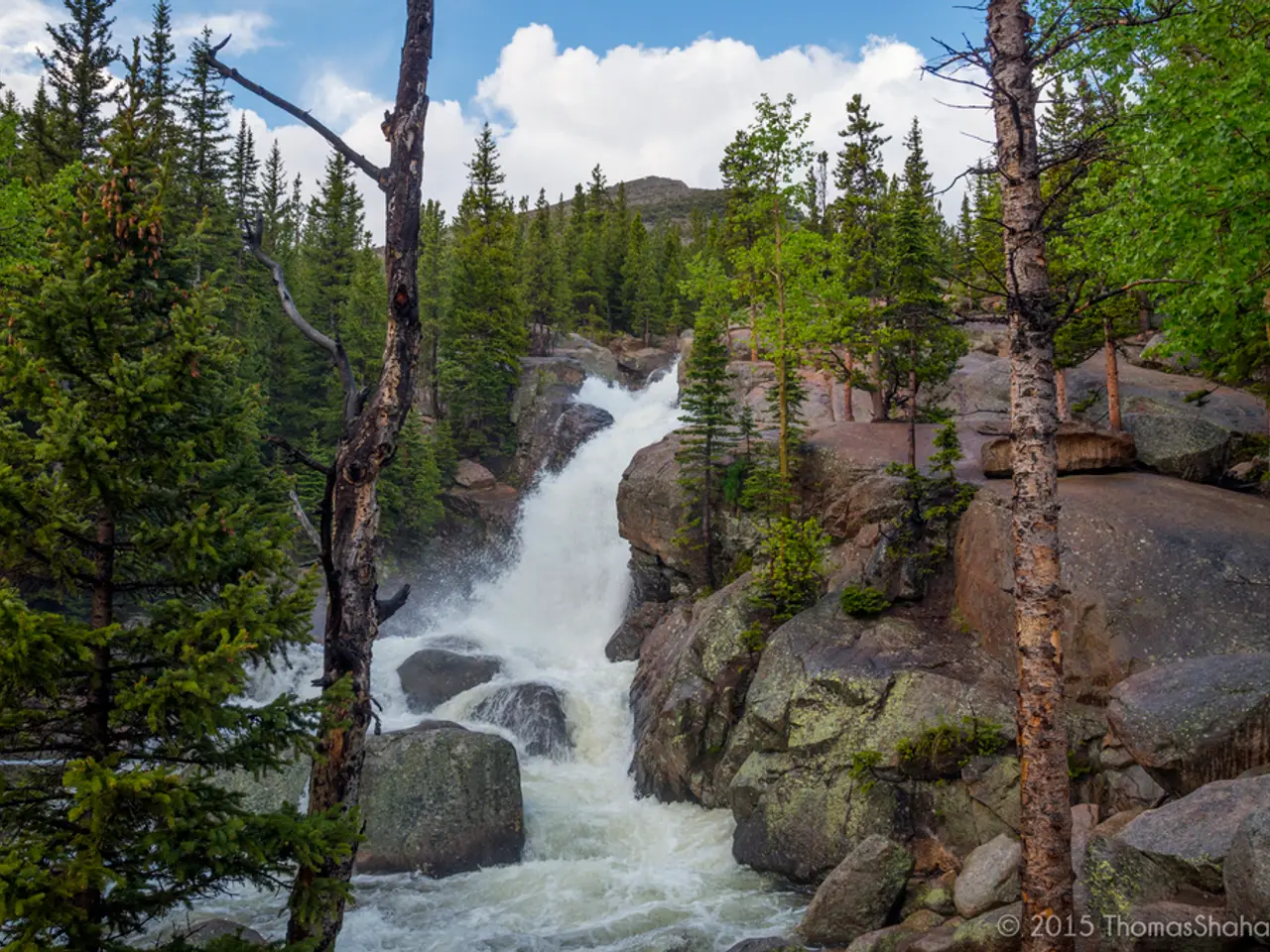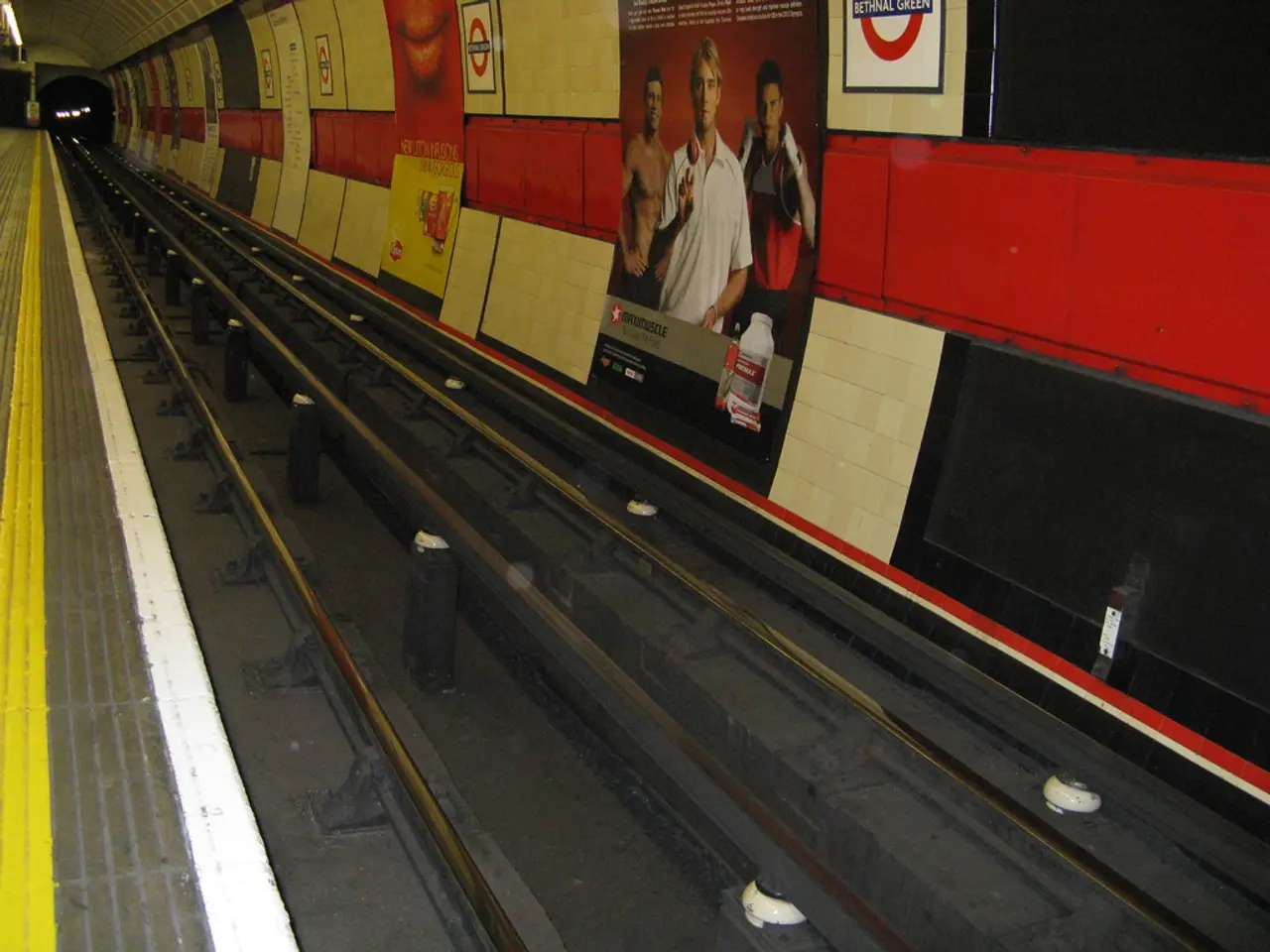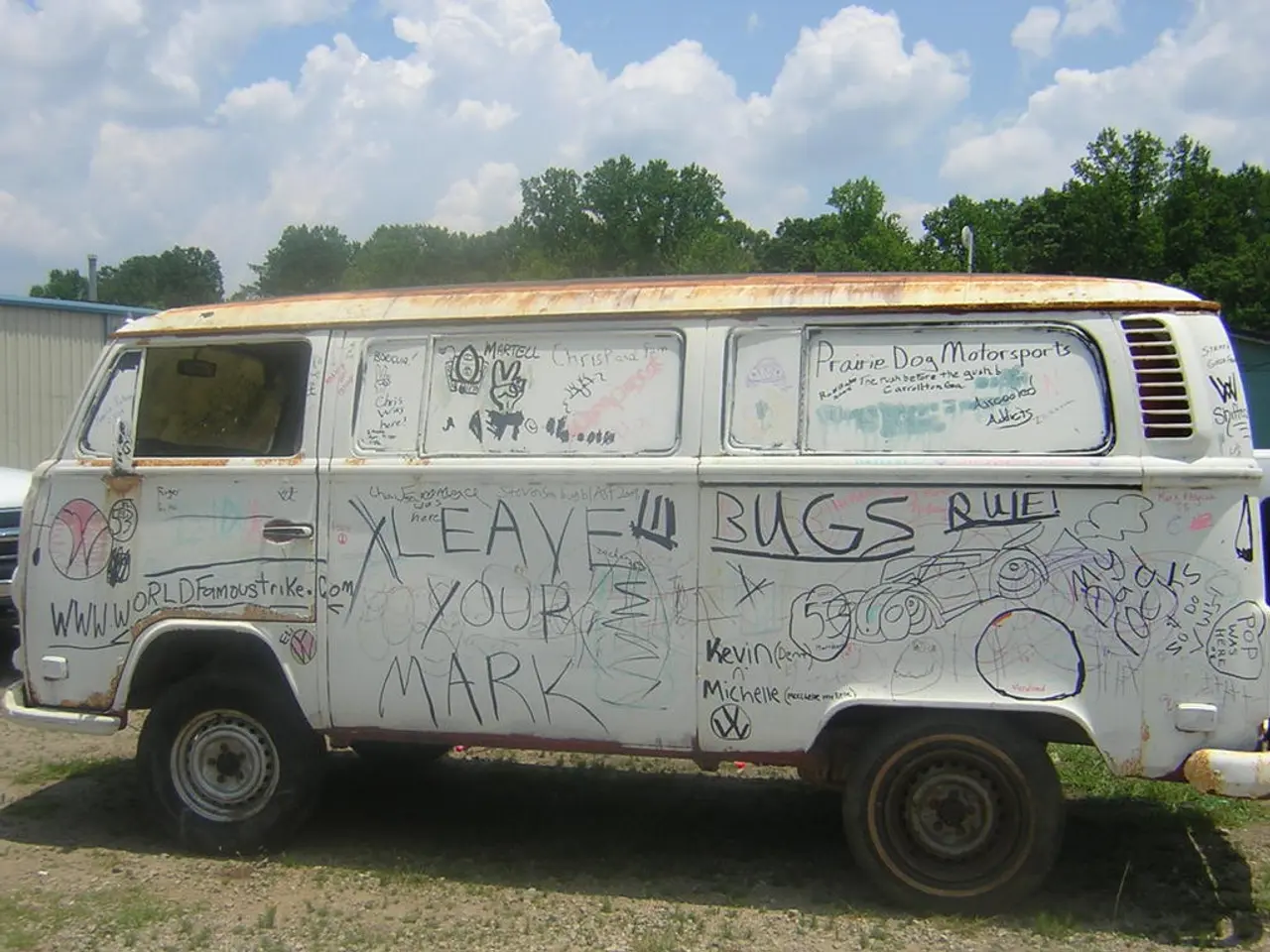Tragic incident on Mount K2, the world's second tallest peak, in the year 2008
==============================================================================
On August 1, 2008, the world's second-highest mountain, K2, witnessed one of its deadliest disasters. Eleven climbers from various international expeditions lost their lives during this tragic event [1][3]. The disaster was a grim reminder of K2's inherent dangers, often referred to as the Savage Mountain.
The events leading up to the disaster were marked by a combination of factors. Teams were spread out on the mountain, and the fixed ropes that usually ensure safer ascent and descent were compromised or gone, leaving climbers vulnerable [1]. The main routes to K2's summit are extra technical, steeper, and more fraught with unavoidable hazards compared to Everest [2].
On August 2, a chaotic and perilous situation unfolded in the upper reaches of K2. Cas van de Gevel, from the Dutch expedition, was the last person to see Hugues d’Aubarède alive before he rappelled off the end of his rope and fell through the Bottleneck, a notoriously dangerous section near the summit [1]. This marked one of the early deaths.
Later that night and into the early morning, the Korean team encountered a fall that caused their ropes to tangle, trapping climbers and resulting in further casualties [1]. Among the hazards on K2 are massive overhanging seracs, which can shear off the mountain at any moment, causing avalanches [2]. The Bottleneck sits below a serac, an overhanging block of glacial ice, which can trigger avalanches [2].
The most dangerous part of the Abruzzi Spur route, which was used during the 2008 K2 disaster, is the Bottleneck, a steep, narrow couloir situated at around 8,200 meters [2]. Rolf Bae, a Norwegian climber, was swept to his death during the descent after a huge chunk of ice dislodged from the Great Serac and plummeted through the Bottleneck, leaving the fixed ropes in tatters [1].
The disaster highlighted the extreme dangers of K2, particularly the Bottleneck route, and demonstrated how rapidly weather and conditions at extreme altitudes can deteriorate, overwhelming even experienced climbers and Sherpas [1]. The tragedy also emphasized the critical importance of reliable fixed ropes and effective communication and rescue protocols on the mountain [1].
Remarkably, Wilco van Rooijen managed to descend a whole new route, unintentionally bypassing Camp IV, and was later rescued by Pemba Gyalje and Cas van de Gevel [1]. The fate of Karim Meherban, another HAP from the French-led expedition, remains a mystery, with the most likely theory being that he spent the night high in the death zone, became delirious with altitude, and suffered a fall or was caught in an additional avalanche [1].
The 2008 K2 disaster was a tragic event triggered by a severe storm and hazardous climbing conditions, resulting in 11 deaths and marking the worst loss of life on K2 to that date [1][3]. For many years, the summit-to-death ratio on K2 was 4:1, meaning for every four people that stood on the top, one would perish [1]. However, in recent years, this deadly ratio has eased to something like 8:1 due to improvements in equipment and knowledge of K2's dangers [1].
K2, the second highest peak on the planet, is often considered the most beautiful mountain by mountaineers who have climbed both K2 and Everest [2]. Despite its beauty, K2's reputation as the Savage Mountain remains, serving as a stark reminder of the risks and challenges faced by those who dare to conquer its heights.
Sports activities on K2 were put on hold following the tragic disaster on August 1, 2008, as climbers paid tribute to the eleven lives lost. The dangerous conditions and unpredictable nature of the mountain serve as a harrowing example of the risks associated with climbing, often compared to extreme sports.
The 2008 K2 disaster, marked by treacherous conditions and fatal slip-ups, underscores the high stakes and perilous nature of mountain climbing, a sport that pushes individuals to their physical and mental limits.







